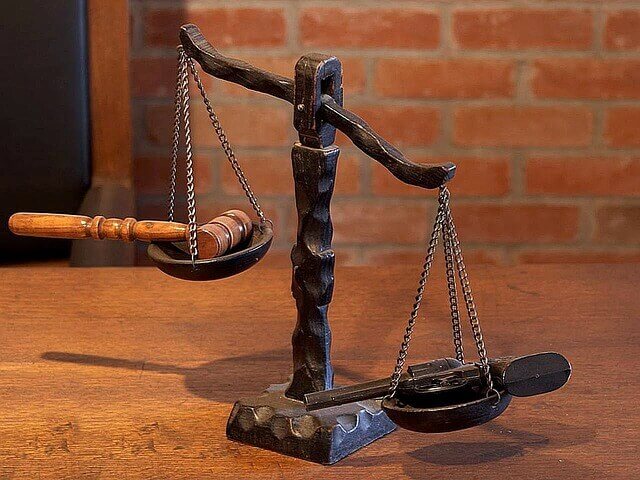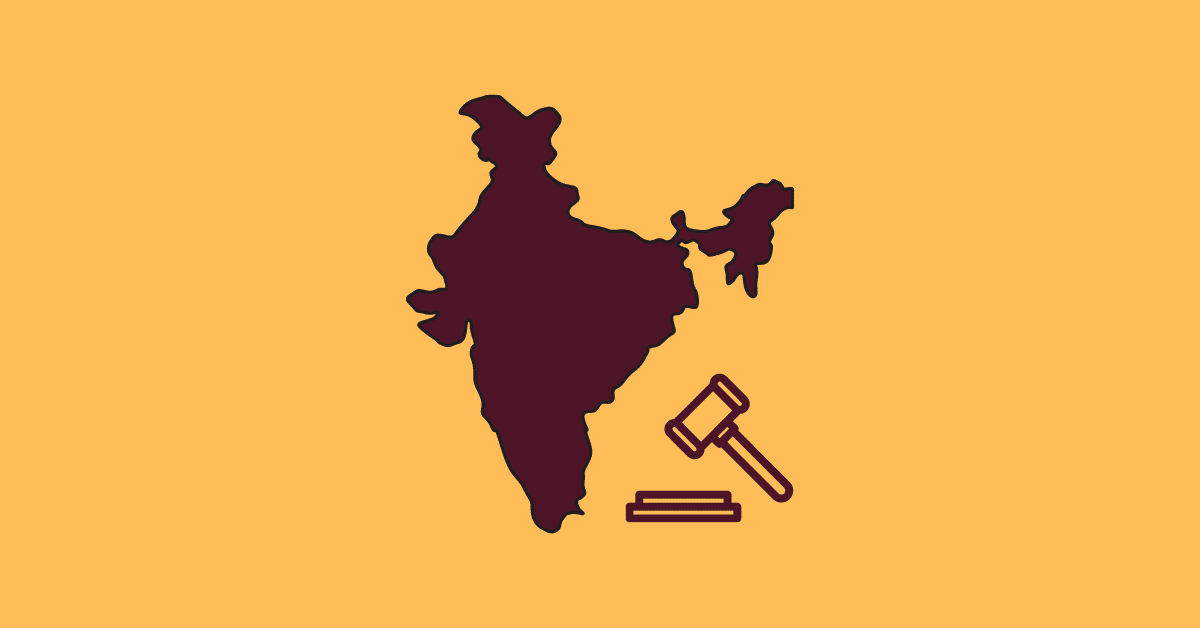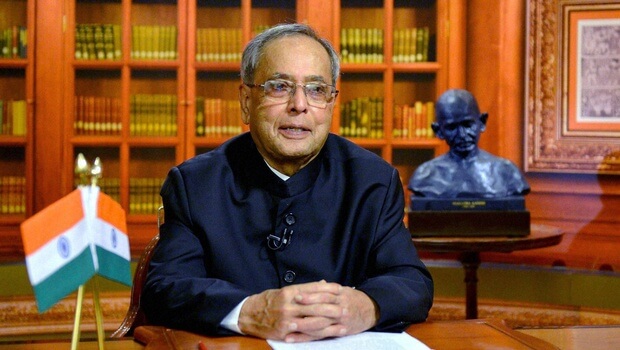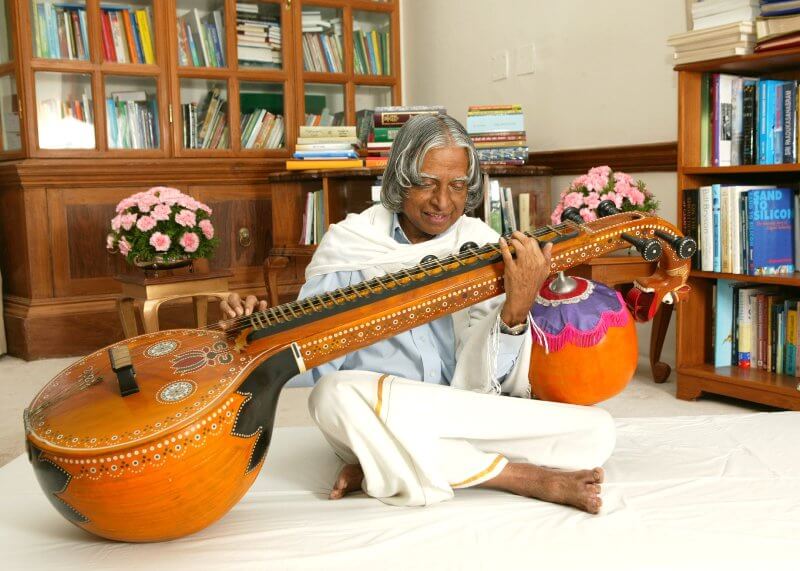
A doctrine is a belief, principle or position – usually upheld by authorities like courts. As far as Indian Judiciary is concerned, there are many doctrines. Many of you may be familiar with the Doctrine of Basic Structure. In this article, we will be dealing all important Indian Judicial Doctrines.
Doctrine of Basic Structure
The basic structure doctrine is an Indian judicial principle that the Constitution of India has certain basic features that cannot be altered or destroyed through amendments by the parliament.
But what should be considered as the basic features of the Indian Constitution is not explicitly defined by the Judiciary. It is widely believed that democracy, federalism, independence of the judiciary, secularism etc. are part of the basic features.
The claim of any particular feature of the Constitution to be a “basic” feature is determined by the Court on a case-by-case basis.
This doctrine was first expressed in Kesavananda Bharati v. The State of Kerala (1973). Thanks to Kesavananda Bharati, Palkhivala and the seven judges who were in the majority, India continues to be the world’s largest democracy.
Doctrine of Harmonious Construction
- This doctrine was brought about to bring harmony between the different lists mentioned in the Schedule 7 of the Constitution of India. Different subjects are mentioned in different lists in this schedule.
- However, there can be a situation where an entry of one list overlaps with that of another list. This is the time when this doctrine comes into the picture.
- It was said that the words of the entries should be given wide amplitude and the courts shall bring harmony between the different entries and lists.
- Supreme Court applied this Doctrine in the case of Tika Ramji vs the State of UP.
Doctrine of Eclipse
- The doctrine states that if any law becomes contradictory to the fundamental rights, then it does not permanently die but becomes inactive.
- As soon as that fundamental right is omitted from the Constitution, the inactive law becomes revived.
- When a court strikes a part of the law, it becomes unenforceable. Hence, an ‘eclipse’ is said to be cast on it. The law just becomes invalid but continues to exist.
- The eclipse is removed when another (probably a higher level court) makes the law valid again or an amendment is brought to it by way of legislation.
- Supreme Court first applied this doctrine in the case of Bhikaji vs State of Madhya Pradesh where it applied to pre-constitutional law. The extension to the post-constitutional law was stated in the case of Dulare Lodh vs ADJ Kanpur.
Doctrine of Pith and Substance
- This doctrine comes into picture when there is a conflict between the different subjects in different lists. There is an interpretation of List 1 and List 2 of the Constitution of India.
- There can be a situation when a subject of one list touche the subject of another List. Hence this doctrine is applied then.
- Pith and Substance means the true nature of law.
- The real subject matter is challenged and not its incidental effect on another field.
- The doctrine has been applied in India also to provide a degree of flexibility in the otherwise rigid scheme of distribution of powers.
- The reason for the adoption of this doctrine is that if every legislation were to be declared invalid on the grounds that it encroached powers, the powers of the legislature would be drastically circumscribed.
- It was applied by the Supreme Court in the case State of Bombay Vs F.N Balasar.
Doctrine of Incidental or Ancillary Powers
- This principle is an addition to the doctrine of Pith and Substance.
- What it means is that the power to legislate on a subject also includes the power to legislate on ancillary matters that are reasonably connected to that subject.
- For example, the power to impose tax would include the power to search and seizure to prevent the evasion of that tax. However, power relating to banking cannot be extended to include power relating to non-banking entities.
- However, if a subject is explicitly mentioned in a State or Union list, it cannot be said to be an ancillary matter. For example, the power to tax is mentioned in specific entries in the lists and so the power to tax cannot be claimed as ancillary to the power relating to any other entry of the lists.
- As held in the case of State of Rajasthan vs G Chawla AIR 1959, the power to legislate on a topic includes the power to legislate on an ancillary matter which can be said to be reasonably included in the topic.
- However, this does not mean that the scope of the power can be extended to any unreasonable extent. Supreme Court has consistently cautioned against such extended construction. For example, in R M D Charbaugwala vs State of Mysore, AIR 1962, SC held that betting and gambling is a state subject as mentioned in Entry 34 of State list but it does not include power to impose taxes on betting and gambling because it exists as a separate item as Entry 62 in the same list.
Doctrine of Colourable Legislation
- This is applied when the legislature enacting the law has transgressed its power as is mentioned in the Constitution.
- The expression “colourable legislation” simply means what cannot be done directly, cannot be done indirectly too.
- It is the substance that is material and not the outward appearance.
- Hence there are certain situations when it seems that it is within the power of the legislature enacting the law but actually it is transgressing. This is when this doctrine comes into the picture.
- It was applied by the Supreme Court of India in the case State of Bihar vs Kameshwar Singh and it was held that the Bihar Land Reforms Act was invalid.
Doctrine of Severability
- According to this doctrine, if there is any offending part in a statute, then, only the offending part is declared void and not the entire statute.
- Article 13 states that the portion that is invalid should be struck off and not the entire one. The valid part can be kept.
- However, it should be kept in mind that even after separation; the remaining part should not become ambiguous.
- If the remaining part becomes ambiguous, then the whole statute would be declared void and of no use.
- Supreme Court in the case of RMDC vs. UOI states that doctrine of severability is a matter of substance and not of form.
Doctrine of Territorial Nexus
- Article 245 states that a state legislature can make laws on the territory of the state and not on extraterritorial laws provided there is nexus or connection between the sate and the object of the legislation.
- Article 245(1) states that the Parliament of India can make laws for the whole or any territory of India.
- Similarly, a state legislature can do the same.
- Such laws cannot be declared invalid on the growth that they are extraterritorial according to Article 245(2).
- To determine whether a particular legislation is within the territorial nexus or not, this doctrine is applied.
- Supreme Court applied this doctrine in the case of Tata Iron Steel vs. the State of Bihar.
Doctrine of Laches
- Laches means delay. The doctrine of laches is based on the maxim that “equity aids the vigilant and not those who slumber on their rights.” (Black’s Law Dictionary).
- The outcome is that a legal right or claim will not be enforced or allowed if a long delay in asserting the right or claim has prejudiced the adverse party.
- Elements of laches include knowledge of a claim, unreasonable delay, neglect, which taken together hurt the opponent.
- It is well known that one who wants remedy must come before the court within a reasonable time.
- Lapse of time violates equity and it is against the concept of justice.
- Hence the issue came up whether delay can be a ground to deny fundamental rights under Article 32.
- It was said that denial of fundamental rights only on the ground of delay is not justified as fundamental rights are basic and very essential for the development of the individual.
- Supreme Court under the case of Ravindra Jain vs UOI stated that remedy under article 32 can be denied on grounds of unreasonable delay. However, there has been no case to overrule the above-mentioned case law by the Supreme Court order.
Other Important Indian Judicial Doctrines
There are many other doctrines followed by Indian Judiciary. Some of them are
- The Doctrine of Judicial Review.
- The Doctrine of Due Process of Law.
- The Doctrine of Constitutional Morality
 The basic structure doctrine is one of the fundamental judicial principles connected with the Indian Constitution.
The basic structure doctrine is one of the fundamental judicial principles connected with the Indian Constitution.



